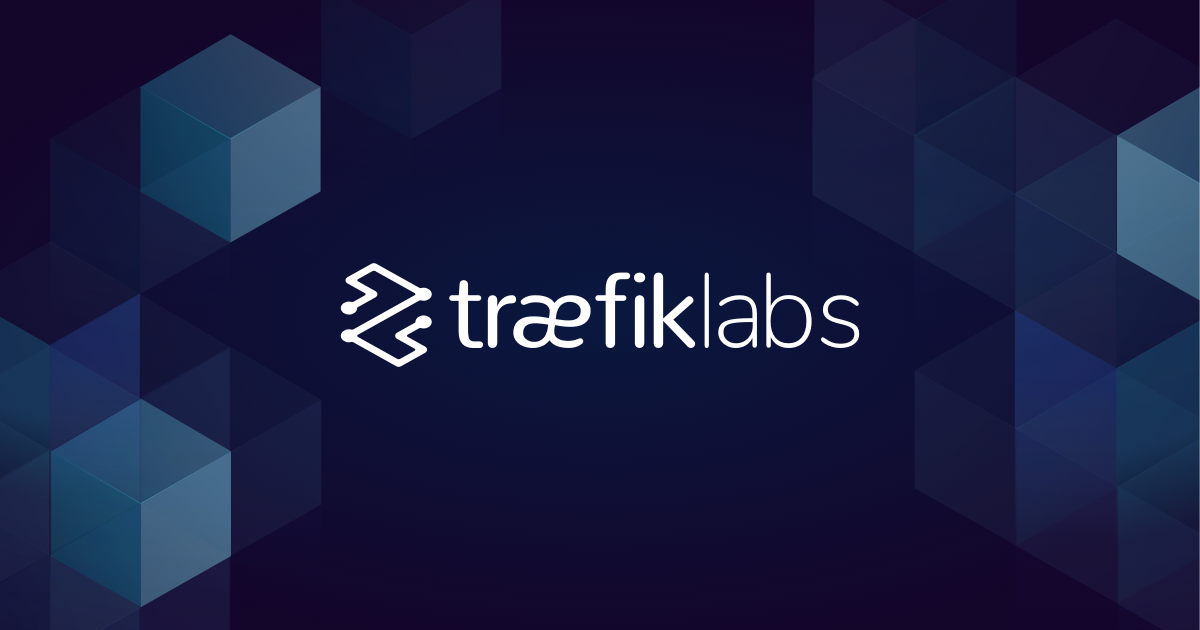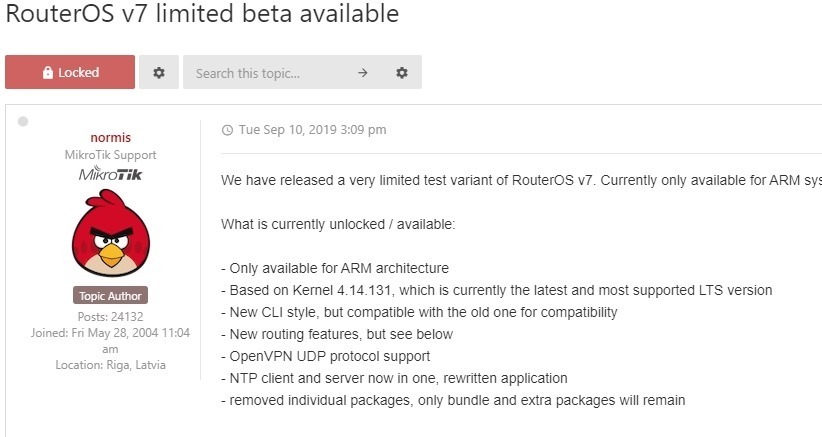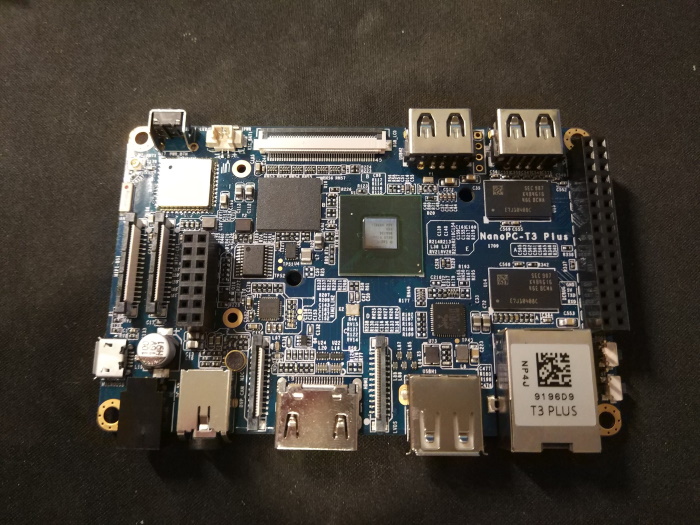
以前から一部の環境にTraefik v1を使用してcontainer環境にLet’s Encryptを提供していましたが、Traefikの2.0系が2019年9月17日にGAリリースされたので早速環境を移行することにしました。
以前の記事
公式サイト

ちなみにv1からv2へのアップデートに伴い、コードそのものの見直しが行われ、設定においてTOML以外にもYAMLが使用できるようになりましたが、一方で設定項目についてはv1との互換性がありません。
v2での主な機能は以下の通り。
- 設定ファイルについてYAMLフォーマットが使用できるようになった。
- TCP Support with SNI Routing & Multi-Protocol Ports
- Over TLS, Traefik routes TCP requests based on the SNI
- HTTP & TCP on the same port? Yes, there is Traefik for that!
- Fully Customize Your Routes with Middleware
- A Chain to Bind Them All
- A New Dashboard & WebUI
- Canary Deployments with Service Load Balancers
- Mirroring with Service Load Balancers
- APIの拡張
個人的にはダッシュボードのUIが見直され、v1よりは見やすく、また連携も把握しやすくなったかなと思います。

公式ドキュメント
移行ガイド
この記事を執筆時点では大半の項目がTODOとなっており、ドキュメントの整備は間に合っていないようです。とりあえず他のページを見ながら行えば何とかなると思います。
移行してみた
Traefik側の設定
v1で使用していたTraefikの設定(traefik.toml)内容は以下の通りです。
debug = false
logLevel = "ERROR"
defaultEntryPoints = ["https", "http"]
[entryPoints]
[entryPoints.http]
address = ":80"
[entryPoints.http.redirect]
entryPoint = "https"
[entryPoints.https]
address = ":443"
[entryPoints.https.tls]
minVersion = "VersionTLS12"
cipherSuites = [
"TLS_ECDHE_ECDSA_WITH_AES_256_GCM_SHA384",
"TLS_ECDHE_ECDSA_WITH_AES_128_GCM_SHA256",
"TLS_ECDHE_RSA_WITH_AES_128_GCM_SHA256",
]
[retry]
[api]
[acme]
email = "[email protected]"
storage = "acme.json"
onHostRule = true
#caServer = "https://acme-staging-v02.api.letsencrypt.org/directory"
caServer = "https://acme-v02.api.letsencrypt.org/directory"
entryPoint = "https"
acmeLogging = true
[acme.httpChallenge]
entryPoint = "http"
[docker]
endpoint = "unix:///var/run/docker.sock"
watch = true
domain = "example.com"
exposedByDefault = falsev2では以下のようになりました(あまり把握できていないため、もしかしたら間違いがあるかもしれません)。
[global]
checkNewVersion = true
sendAnonymousUsage = true
[entryPoints]
[entryPoints.https]
address = ":443"
[entryPoints.hub]
address = ":3012"
[tls.options]
[tls.options.default]
minVersion = "VersionTLS12"
cipherSuites = [
"TLS_ECDHE_ECDSA_WITH_AES_256_GCM_SHA384",
"TLS_ECDHE_ECDSA_WITH_AES_128_GCM_SHA256",
"TLS_ECDHE_RSA_WITH_AES_128_GCM_SHA256",
]
[tls.options.mintls13]
minVersion = "VersionTLS13"
[http.routers]
[http.router.router0]
rule = "Host('bitwarden.example.com')"
service = "bitwarden"
entrypoints = ["http"]
middlewares = ["redirect"]
[http.routers.router1]
rule = "Host('bitwarden.example.com')"
service = "bitwarden"
entrypoints = ["https"]
[http.routers.router1.tls]
[http.middlewares]
[http.middlewares.redirect.redirectScheme]
scheme = "https"
[tcp.routers]
[tcp.routers.bitwarden]
entryPoints = ["https", "hub"]
rule = "(HostSNI(`bitwarden.example.com`) && Path(`/notifications/hub`))"
service = "bitwarden"
[retry]
[api]
insecure = true
dashboard = false
debug = false
[certificatesResolvers.sample.acme]
#caServer = "https://acme-staging-v02.api.letsencrypt.org/directory"
email = "[email protected]"
storage = "/acme/acme.json"
[certificatesResolvers.sample.acme.tlsChallenge]
[providers.docker]
endpoint = "unix:///var/run/docker.sock"
watch = true
exposedByDefault = false
network = "https-network"
swarmMode = falseグローバルな設定はトップレベルに書いておけば良かったのが、改めて[global]というメニューが用意されそちらに記入するようになっていました。defaultEntryPointsは見つかりませんでしたが、特に使用しなくても動作はしました。
cipherSuitesはentrypoint別から[tls.options.default]へ移動になっていました。
Let’s Encrypt関連は、certificatesResolversという項目に移動になり、またACMEを利用した証明書の更新については従来のHTTP([certificatesResolvers.sample.acme.httpChallenge.entryPoint])での更新だけでなく、TLS([certificatesResolvers.sample.acme.tlsChallenge])やDNS([certificatesResolvers.sample.acme.dnsChallenge])を利用したものも使用できるようになっていました。
良く使用するdockerについても単独の設定項目ではなく、色々なネットワークサービスのまとまりであるprovidersにまとめられていました。
docker側の設定
以前のdocker-compose.ymlの内容は以下の通りです。
version: '3'
services:
bitwarden:
image: mprasil/bitwarden:alpine
restart: always
volumes:
- ./bw-data/:/data/
ports:
- 1024:1024
environment:
ROCKET_PORT: "1024"
WEBSOCKET_ENABLED: "true"
SIGNUPS_ALLOWED: "false"
ADMIN_TOKEN: ""
DOMAIN: "https://bitwarden.example.com"
SMTP_HOST: ""
SMTP_FROM: "<[email protected]>"
SMTP_PORT: "true"
SMTP_SSL: "true"
SMTP_USERNAME: ""
SMTP_PASSWORD: ""
labels:
traefik.docker.network: "https-network"
traefik.enable: "true"
traefik.basic.port: "1024"
traefik.basic.frontend.rule: "Host:bitwarden.example.com"
traefik.basic.protocol: "http"
traefik.hub.frontend.rule: "Host:bitwarden.example.com;Path:/notifications/hub"
traefik.hub.port: "3012"
networks:
- https-network
networks:
https-network:
external: trueTraefik v2で使用するにあたって以下のように修正することになりました。
version: '3'
services:
bitwarden:
image: bitwardenrs/server
restart: always
volumes:
- ./bw-data/:/data/
labels:
- "traefik.enable=true"
- "traefik.http.routers.bitwarden.rule=Host(`bitwarden.example.com`)"
- "traefik.http.routers.bitwarden.entryPoints=https"
- "traefik.http.routers.bitwarden.tls.certresolver=sample"
- "traefik.tcp.routers.bitwarden.entryPoints=hub"
environment:
DOMAIN: "https://bitwarden.example.com"
SMTP_HOST: ""
SMTP_FROM: "<[email protected]>"
SMTP_PORT: "true"
SMTP_SSL: "true"
SMTP_USERNAME: ""
SMTP_PASSWORD: ""
ports:
- 1024:80
networks:
- https-network
networks:
https-network:
external: true大事なのはlabels:でこればv1と一緒ですが、設定項目が若干変わっています。
ということを指定することで、以前と同様にLet’s Encrypt環境で提供できるようになりました。
とりあえずこちらで自分の環境では以前と同様にHTTPSでのサービス提供が出来るようになりました。
ただ、ちゃんと理解できているとは言い難いので、間違い等ありましたらご指摘等頂けますと助かります。





実はdocker pullした際にtagがlatestになっていたため、v2へ予期せぬタイミングで移行してしまい、うまく動作しなくなったと焦っていたのは内緒です。